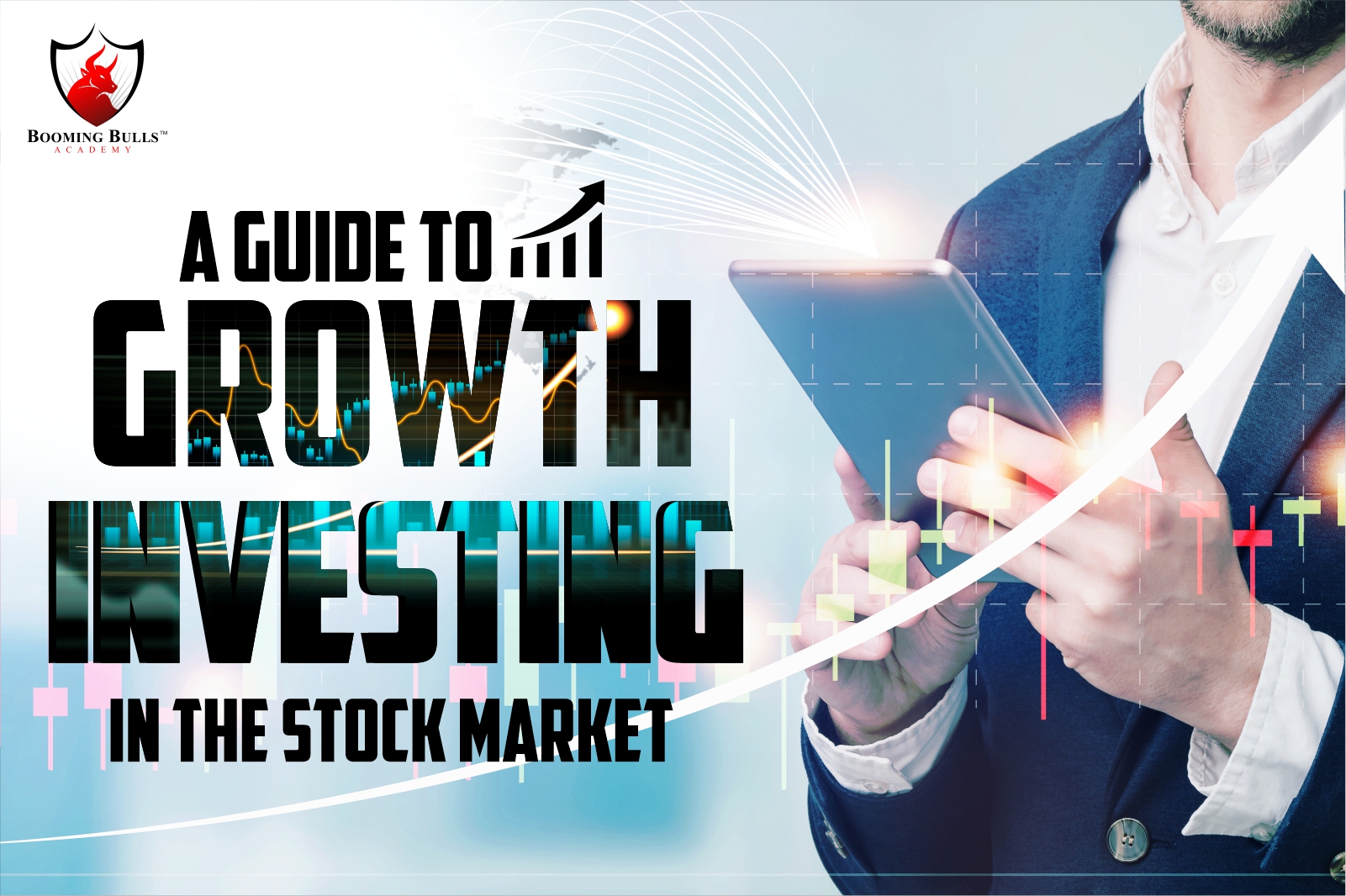Investing in the stock market can be a complex and daunting task, especially when faced with numerous strategies and approaches. Growth investing is one such strategy that has gained popularity over the years for its potential to yield substantial returns.
In this blog post, we’ll delve into the world of growth investing, exploring its principles, strategies, and tips for success.
Understanding Growth Investing
Growth investing is a strategy that focuses on identifying companies with the potential for significant growth in earnings and, consequently, stock price. Investors in growth stocks are typically looking for companies that are expected to outperform the market in terms of revenue, earnings, or other fundamental metrics.
These companies often reinvest their earnings into further growth, foregoing dividends to maximize expansion.
Key Characteristics of Growth Stocks
- Earnings Growth: Growth stocks are characterized by consistent and often above-average earnings growth. Companies experiencing rapid growth typically invest heavily in research, development, marketing, or other areas to sustain their momentum.
- Innovative and Competitive: Growth companies are often innovators in their respective industries, introducing new products or services and gaining a competitive edge.
- Limited or No Dividends: Unlike value stocks, which often distribute dividends, growth companies typically reinvest their profits back into the business for expansion and development.
- High Valuations: Growth stocks may have higher price-to-earnings (P/E) ratios compared to more mature, stable companies. Investors are willing to pay a premium for the potential of future earnings.
Strategies for Growth Investing
- Fundamental Analysis: Perform a thorough analysis of a company’s financial statements, management team, industry trends, and growth potential. Assess the company’s competitive position and growth prospects.
- Long-Term Perspective: Adopt a long-term investment horizon to allow the investment to grow and ride out market fluctuations. Growth often takes time, and successful growth investors remain patient and committed.
- Diversification: Diversify your portfolio to spread risk across multiple growth stocks and sectors. This helps mitigate the impact of underperformance in any single investment.
- Monitor and Reevaluate: Regularly monitor your investments and stay updated on company developments, industry trends, and market conditions. Reevaluate your investment thesis to ensure it remains sound.
Risks and Challenges in Growth Investing
While growth investing offers the potential for substantial returns, it is not without risks:
- Volatility: Growth stocks can be highly volatile, experiencing significant price swings in short periods due to market sentiment and expectations.
- Uncertainty: Predicting future earnings and growth can be challenging, and there’s no guarantee that a high-growth company will meet expectations.
- Valuation Risk: Paying a high price for a growth stock can lead to disappointment if the company’s growth doesn’t match the initial expectations.
Tips for Success in Growth Investing
- Research and Due Diligence: Conduct thorough research before investing. Understand the company’s business model, market positioning, financial health, and growth prospects.
- Stay Informed: Keep yourself updated with the latest market trends, economic developments, and changes in the industry landscape that could impact your investments.
- Risk Management: Set clear risk tolerance levels and adhere to them. Don’t invest more than you can afford to lose.
- Continuous Learning: Keep learning and improving your understanding of growth investing. Markets evolve, and staying informed is crucial.
In conclusion, growth investing is a strategy that, when approached with research, patience, and discipline, can potentially yield significant returns.
However, it’s important to recognize the associated risks and challenges and to adopt a prudent approach in building a diversified portfolio that aligns with your investment goals and risk tolerance.
If you want to know more about Risk Management & Intraday Trading Strategies you can refer to our previous blog on Importance Of Risk Management In Trading and 10 Best Intraday Trading Strategies.
Open a Demat Account using our link to get support from us – https://bit.ly/3gyhIWN and send your ID to [email protected]
Happy learning!


